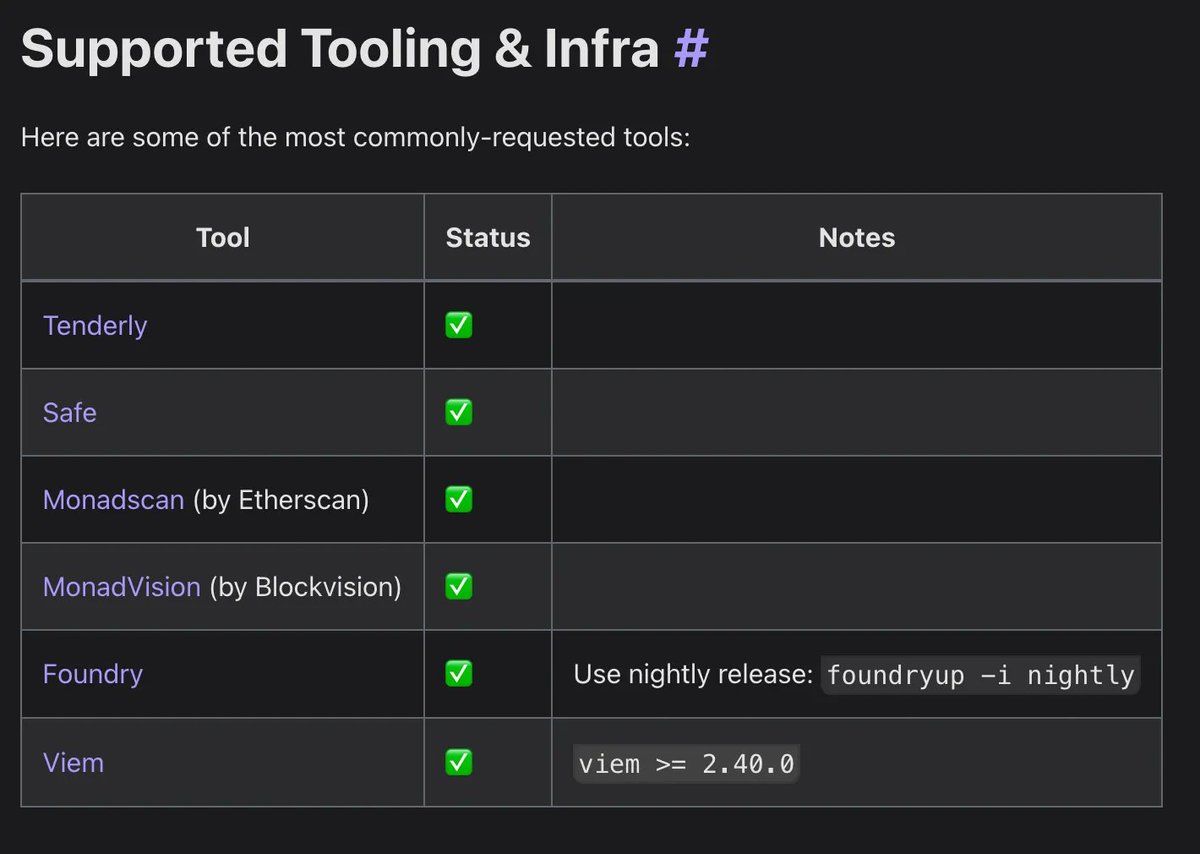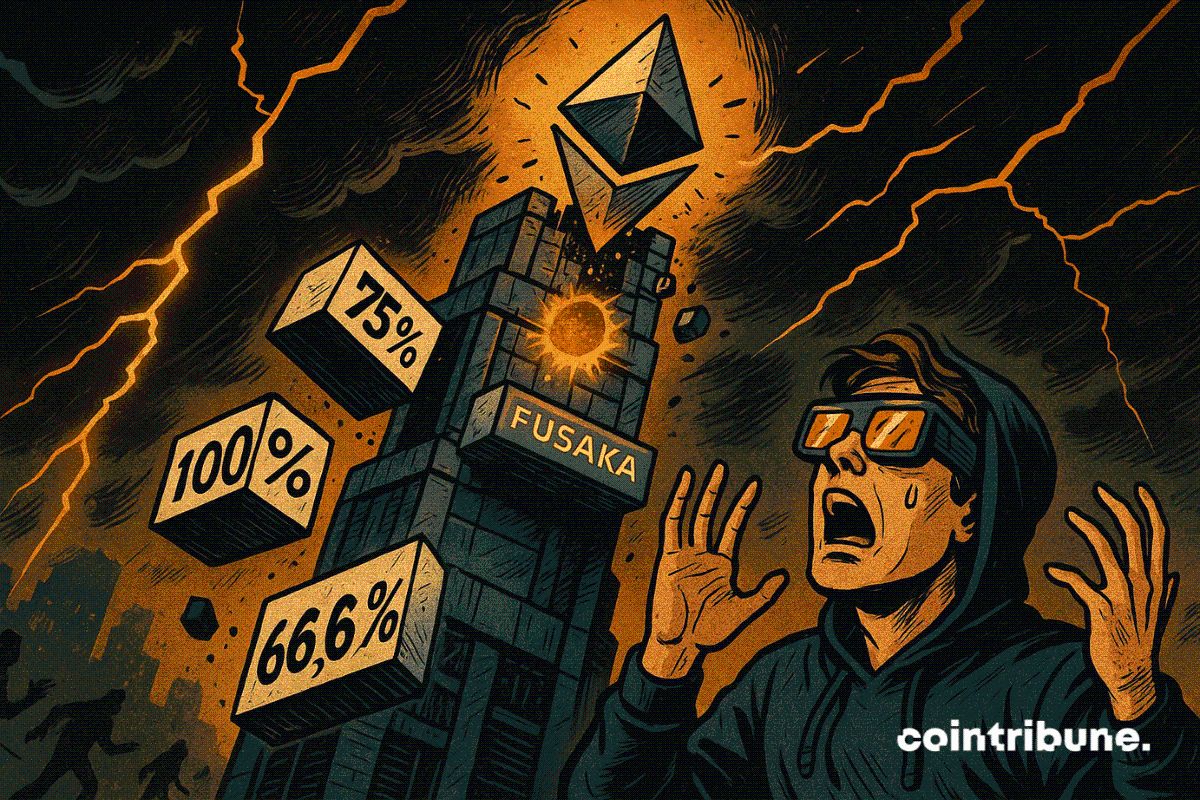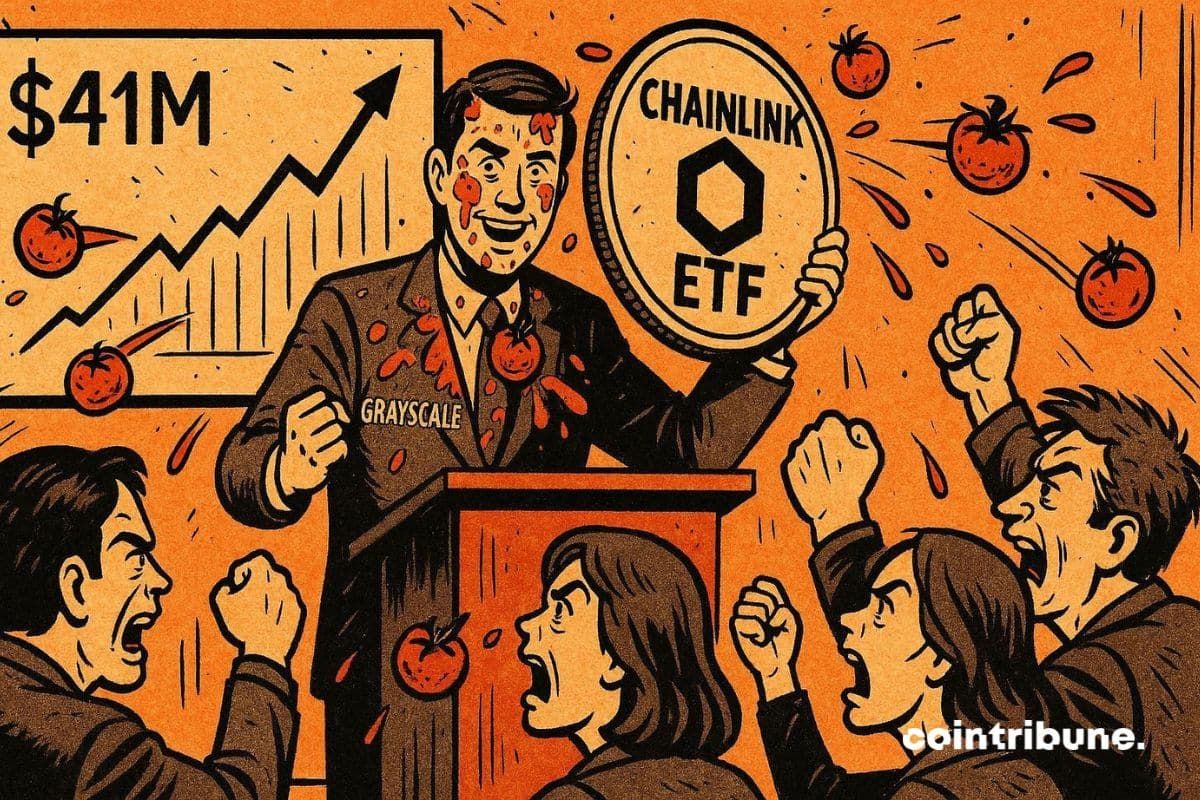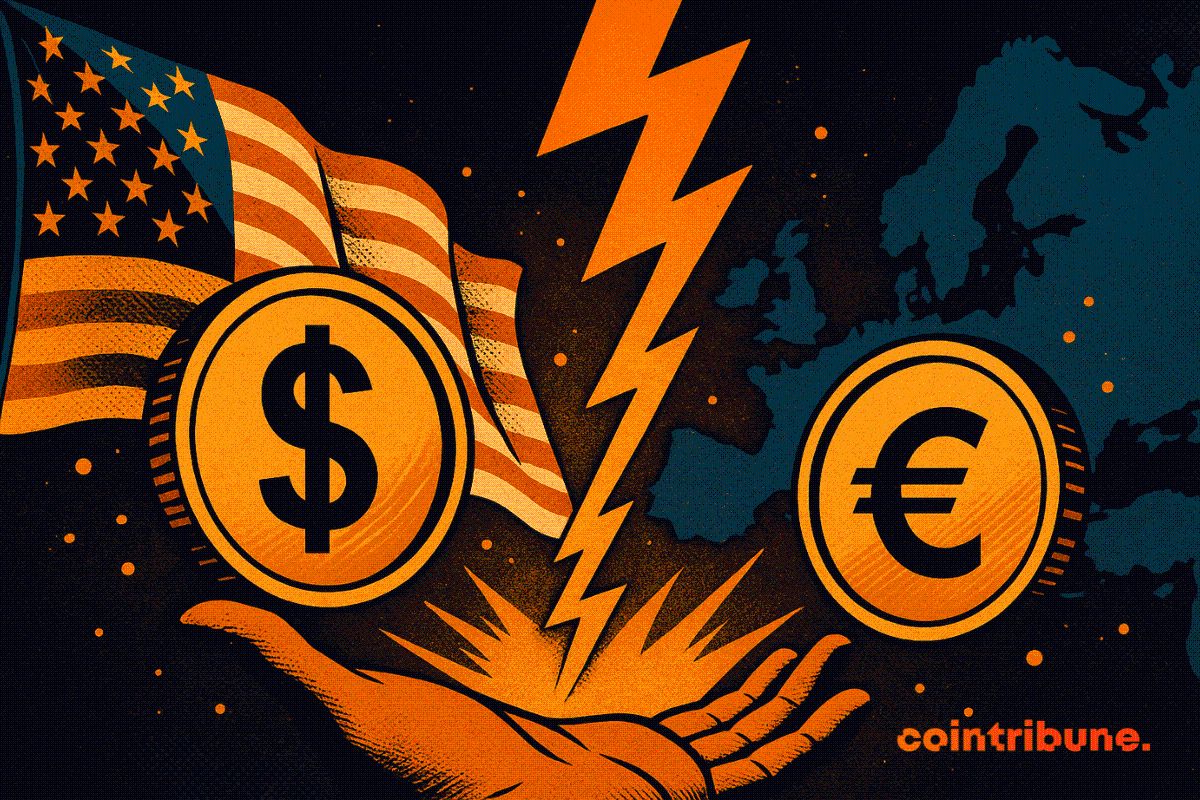Circle Explores USDC Reversibility to Combat Fraud
- Circle explores USDC reversibility, aiming to address transaction fraud.
- Stability impact from second-layer chargebacks.
- Significant for DeFi stability and institutional interest.
Circle’s President Heath Tarbert announced the exploration of a USDC transaction reversibility mechanism to combat fraud, unveiled in industry discussions.
The potential mechanism aligns cryptocurrency with traditional finance’s consumer protection, sparking debate over its impact on decentralization and market dynamics.
Circle, led by President Heath Tarbert, is exploring a USDC transaction reversibility mechanism to combat fraud and hacks. This development aligns with traditional finance expectations, aiming to enhance consumer protections within the crypto space.
Heath Tarbert, formerly with the CFTC, confirmed exploration of USDC reversibility via official channels. This involves implementing a second-layer counter-payment rather than full transaction reversion, mimicking credit card chargebacks to maintain transaction finality. Tarbert stated, “We are thinking through […] whether or not there’s the possibility of reversibility of transactions, right, but at the same time, we want settlement finality […] So there’s an inherent tension there between being able to transfer something immediately, but having it be irrevocable […]”
Circle’s move has significant implications for institutional and retail players, potentially increasing USDC’s appeal. USDC supply in circulation stands around $74 billion, and this feature may encourage conservative investors to engage with crypto markets.
The pilot, integrated with the Arc blockchain platform, involves partners like Fireblocks.
This initiative aligns with regulatory efforts on consumer protection, possibly affecting protocols utilizing USDC as core collateral.
Transaction reversibility challenges the foundational principle of blockchain immutability. Community reactions varied, with some labeling it a deviation from crypto’s original vision. Developers express concerns over centralization and governance in implementing these chargeback procedures.
Historical precedents like the 2016 Ethereum DAO hack highlight blockchain’s immutable characteristics. Circle’s focus on second-layer counter-payments instead of chain reorganization represents a distinct approach, potentially reshaping perceptions of stablecoin protections in decentralized finance.
Disclaimer: The content of this article solely reflects the author's opinion and does not represent the platform in any capacity. This article is not intended to serve as a reference for making investment decisions.
You may also like
Monad Practical Guide: Welcome to a New Architecture and High-Performance Development Ecosystem
This article will introduce some resources to help you better understand Monad and start developing.

Alphabet’s TPUs Emerge as a Potential $900 Billion Chip Business

Ethereum Loses 25% of Validators After Fusaka: The Network Nears a Critical Failure

US Stablecoin Rules Are Splitting Global Liquidity, CertiK Warns
